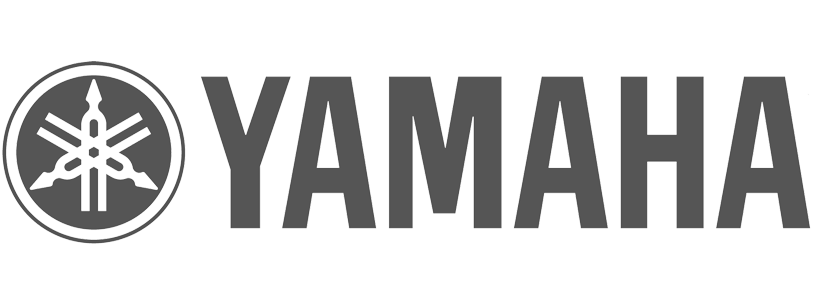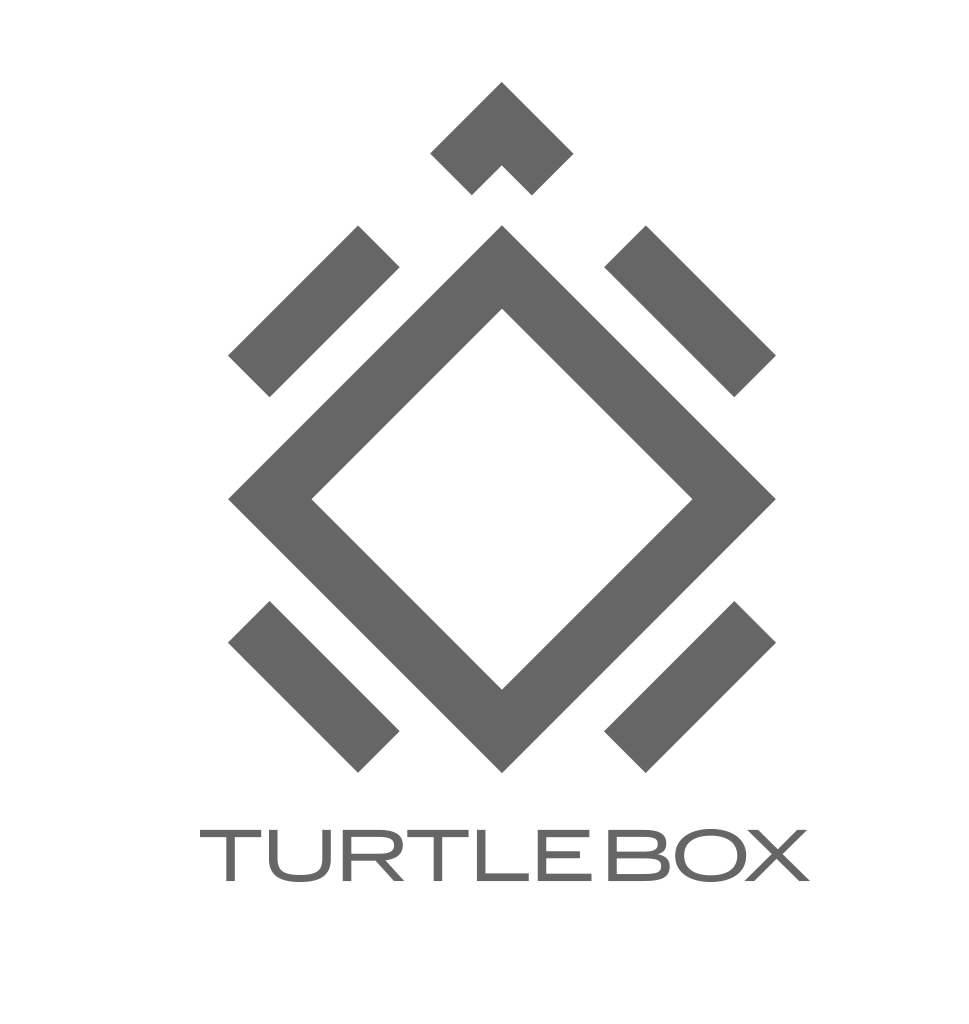Federal mismanagement virtually eliminates access to popular recreational fishery
Continuing a downward spiral in South Atlantic red snapper seasons, NOAA Fisheries has announced a four-day recreational season for 2020. While expectations in March were that the federal agency in charge of the nation’s fisheries would disallow any recreational red snapper season, the move to a four-day season is hardly a victory for anglers who have seen their access to the fishery severely curtailed for the last decade even as the red snapper population expands.
“A four-day season is marginally better than a zero-day season, but it is profoundly disappointing that this is the best result available after 10 years of intense scrutiny and federal management. This is certainly not where anglers deserve to be with a fishery that is clearly recovering and expanding,” said Bill Bird, chairman of the CCA National Government Relations Committee.
Since 2010, the recreational sector has been allowed to harvest red snapper in South Atlantic federal waters a cumulative total of 37 days despite increasing abundance of fish. In recent years, NOAA Fisheries has maintained that recreational bycatch mortality – red snapper caught and released by anglers when the season is closed that the agency believes do not survive – is calculated to be more than what the sector would be allowed to harvest, resulting in no season or extremely limited seasons.
“Federal recreational data collection methods are not believed to be reliable by most private recreational fishermen; but the manner by which they calculate bycatch mortality for anglers is a particularly questionable component,” said Bird. “As the population increases and anglers encounter – and release – more red snapper, it becomes apparent that the healthier the population is, the less access anglers will have to it. That is the definition of a fundamentally flawed system.”
The introduction of a descending device requirement earlier this year may provide a path to greater access, but until the results can be quantified and determined in a stock assessment, it is unlikely NOAA Fisheries will credit the conservation ethic of recreational anglers with a longer season. Even if NOAA Fisheries supported the descending device requirement, which it did not, the process of quantifying those savings could take years and it is doubtful whether it would truly reflect the degree to which anglers are participating.
“Recreational anglers want to do everything they can to reduce dead discards in every fishery, which is why we actively supported the requirement for descending devices in the South Atlantic even though many anglers already use various tools to successfully release fish alive,” said Ted Venker, conservation director for CCA. “There are questions over everything in this fishery and if the past is any indication, we expect NOAA to apply the same questionable methods to calculating the true positive impact of descending devices. If that is the only lifeline the fishery has to work with then perhaps it is time to push for state-based management of this fishery to get a workable system for recreational anglers.”
The South Atlantic red snapper season is set to open July 10 – 12, and on July 17.








